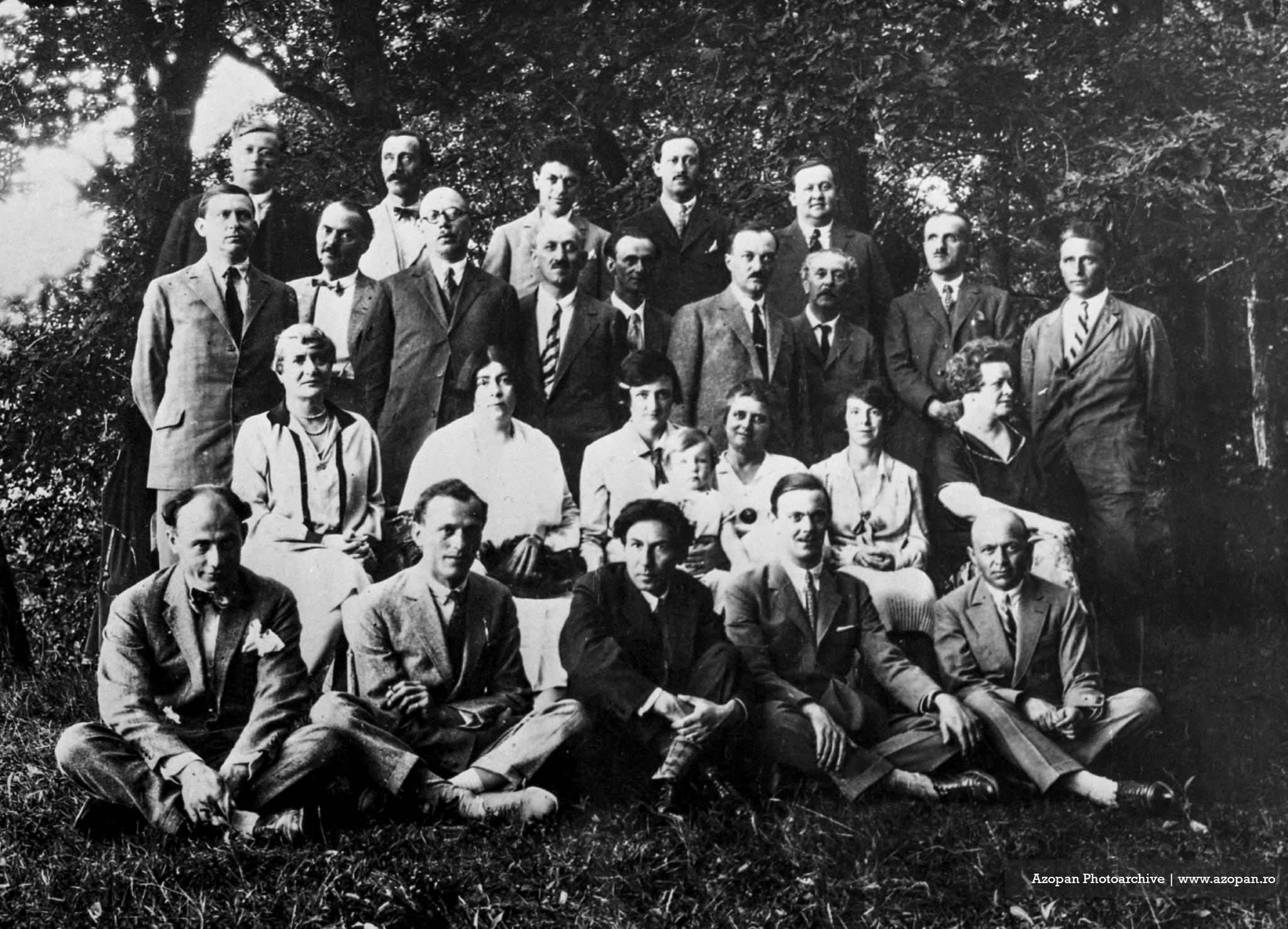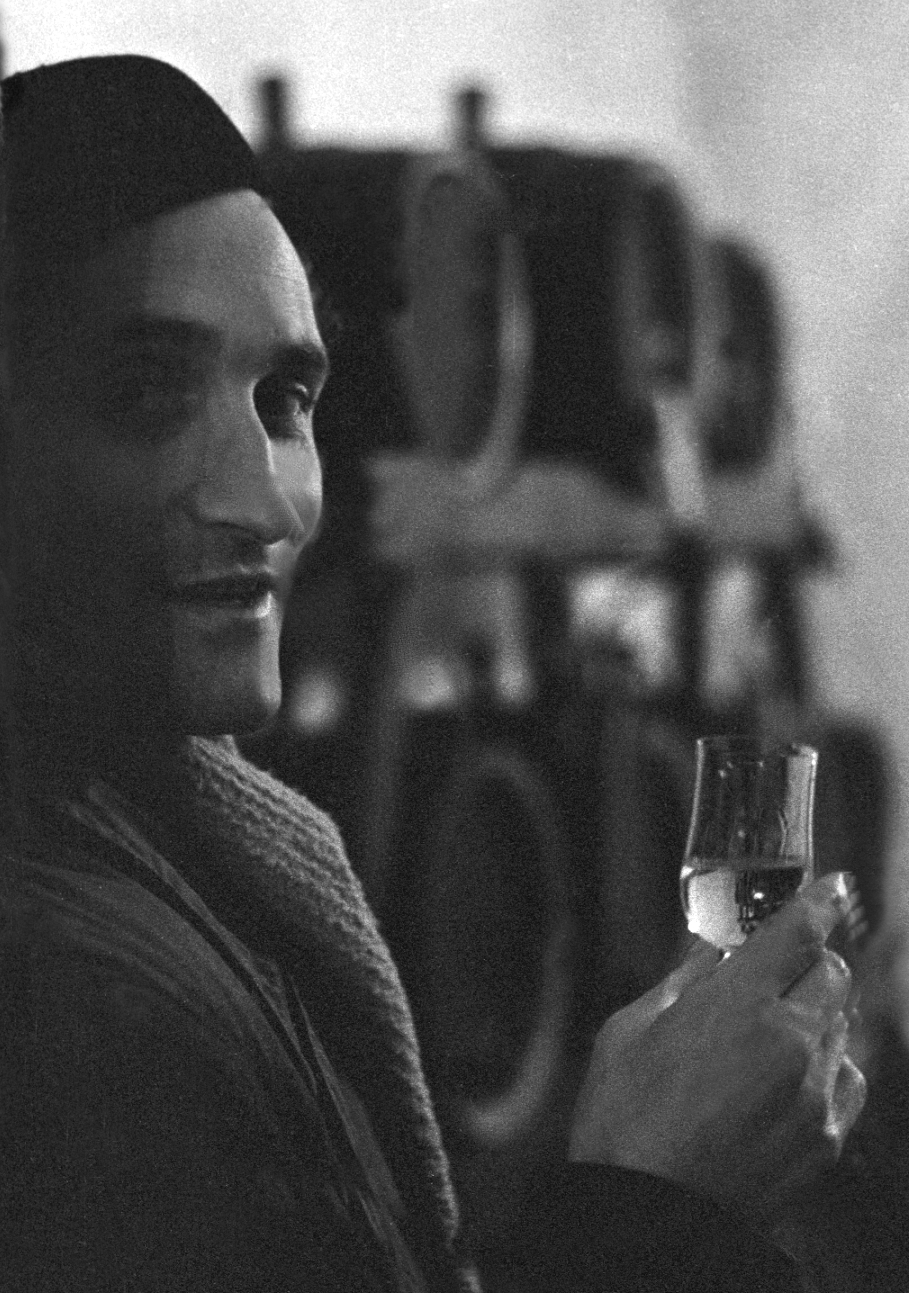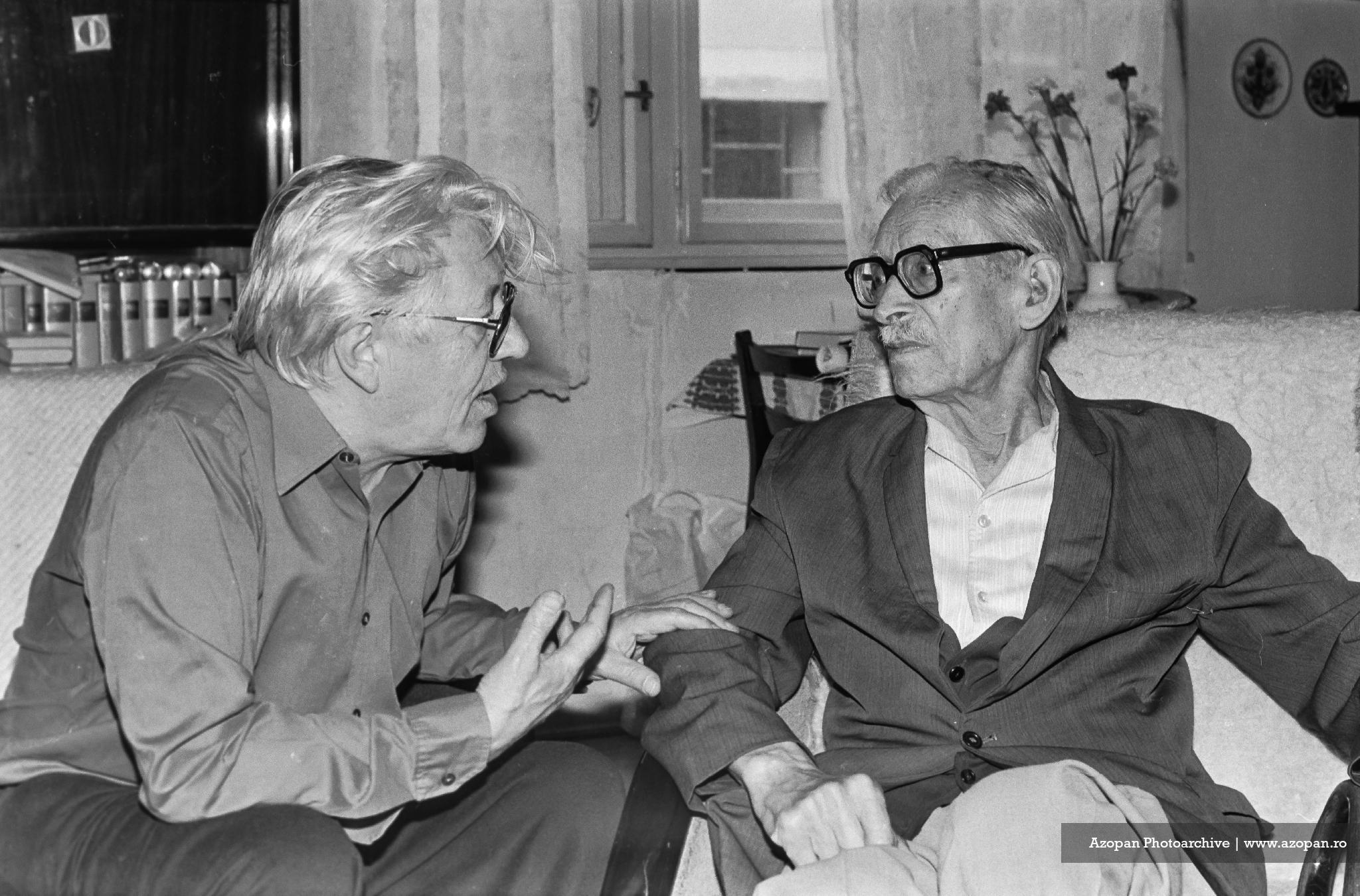A group of three Marosvásárhely/Târgu Mureș-born photography lovers want you to search the back of your drawers and take out those old photographs or negatives trapped in shoeboxes. From their perspective, every image has the potential to add value to our digital heritage, so they invite you to share with the public by posting in a digital photography archive.
Since January 16, 2019, the name Azopan has meant much more than the B&W photographic film manufactured by Azomures’ now defunct Photosensitive Materials Plant. It’s the digital photo archive that captures a century of photography, sharing visual stories of people and places in various parts of Romania.

Azopan currently has a database of roughly 7,000 images capturing the whole of the twentieth century and is available in three languages (Hungarian, English, and Romanian). Brought to life by Edgár Szőcs and his two friends, Lóránd-Félix Fúró and Lóránd Fülöp, the photo heritage site was built following a well-functioning Hungarian model, Fortepan. Due to the good relationship Azopan Photoarchive has built with Fortepan, roughly 2,000 photos labeled as taken in Romania were added to Azopan’s library. The rest comes from their own collecting, but only represents a fraction of the millions of images taken during this period, they estimate.
The initiator of the project, had this idea to digitize old images or negatives and share them with the public a long time ago, but he didn’t start working on it until 2017, when he shared the idea with this friends and gained their support. They didn’t mind dedicating a huge chunk of their time and energy to digitizing pictures taken with the analogue technique and sharing them with internet citizens. The goal was to digitize the heritage and share it with the public, because they strongly believe that stories should be told and not buried in boxes or warehouses.

“Every family has pictures that are only relevant to the family members, but also others which carry value for the wider public. If you attach a good story to a family picture, then this could be interesting too, something we see in the Facebook group we run,” Szőcs said in a phone interview. He started a Facebook group under the name Régi fotók Erdélyből (Old Pictures from Transylvania) in 2018 with the purpose of dealing with old images and building a virtual community around them in which the aim was for members to share their personal collection of old pictures.
Every Picture Tells a Story
Since starting the Azopan project, Szőcs and his friends literally managed to save valuable photographs from ending up in the trash and uncovered unseen images that add much value to stories locals had only heard about. In the photo archive users can find rare color images showing the funeral of one of the most prominent figures of the Transylvania catholic church, Bishop Áron Márton.
“In one of the donations we’ve found a negative that shows the unveiling of the Rákóczi statue in 1907 in Marosvásárhely. This is a unique, never-before-seen picture showing the participants, speakers and the statue itself. We have also uncovered an image showing the Marosvásárhely central square taken in 1944 during a military parade, in which you can see an SS flag,” Szőcs says.

The initiative has opened the doors to many elderly people, who were happy to share their old images they considered to be valuable for the wider public. And since every picture tells a story, taking them into their hands, these people started telling the stories of these images. He took notes and sometimes registered their stories, in an effort to save these for the digital generation.
Adjusting the Data
The initiators do their best to identify the place and time shown on the image, but they also appeal to public knowledge with the archive. If you have more information about an image shown in the archive, you can easily share it with them by following the on-screen instructions. And if you happen to have a box of pictures, negatives, or the like, and you want to share the visual knowledge with the world, the Azopan team would be happy to digitalize them. All the images posted in the photo archive are free to use for non-commercial purposes.
What you’ll see there for now is their collection work so far, which they received as donations from various persons, including the well-known Hungarian writer György Dragomán, photographers the like of Lajos Erdélyi, Zsigmond Bálint, Gáspár Török, and many private citizens. “But that’s just the start,” Szőcs says. “We are open for collaboration with anyone who owns photographs taken with the analogue technique in Romania.”